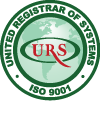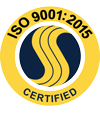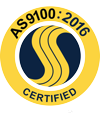C93600
Product description: High-leaded tin bronze
Solids: 1/2" to 13" O.D.
Tubes: 1" to 16" O.D.*
Rectangles: Up to 20"
Standard lengths: 144"
Shape/Form: semi-finished, mill stock or near-net shapes, anode, bar stock,
billet/bloom, squares, hex, plate, profile or structural shape, flats/rectangular
bar
*Consult mill for wall thickness
Typical uses
Industrial: backs for lined bearings, bushings for
corrosion/lubrication/pressure, cam bushings for diesel engines, crankshaft main bearings,
deep well pump line shaft bearings, electric motor bearings, flow monitor valves, guide
bushings for piston rods, guide bushings for valves, hydraulic gland seals, locomotive
bearing parts, main bearings for presses, piston pin bearings, pump sleeves, rod bushings,
rolling mill bearings, seals, sleeve bushings (for cranes, etc.), spacer bushings (for
pumps, etc.), steel mill bushings, wrist pin bushings



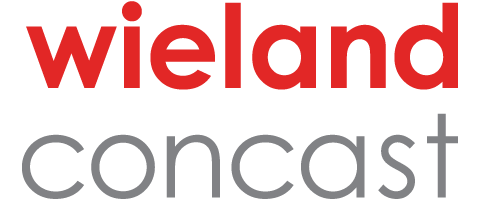

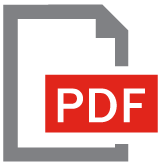 C93600 spec sheet
C93600 spec sheet
